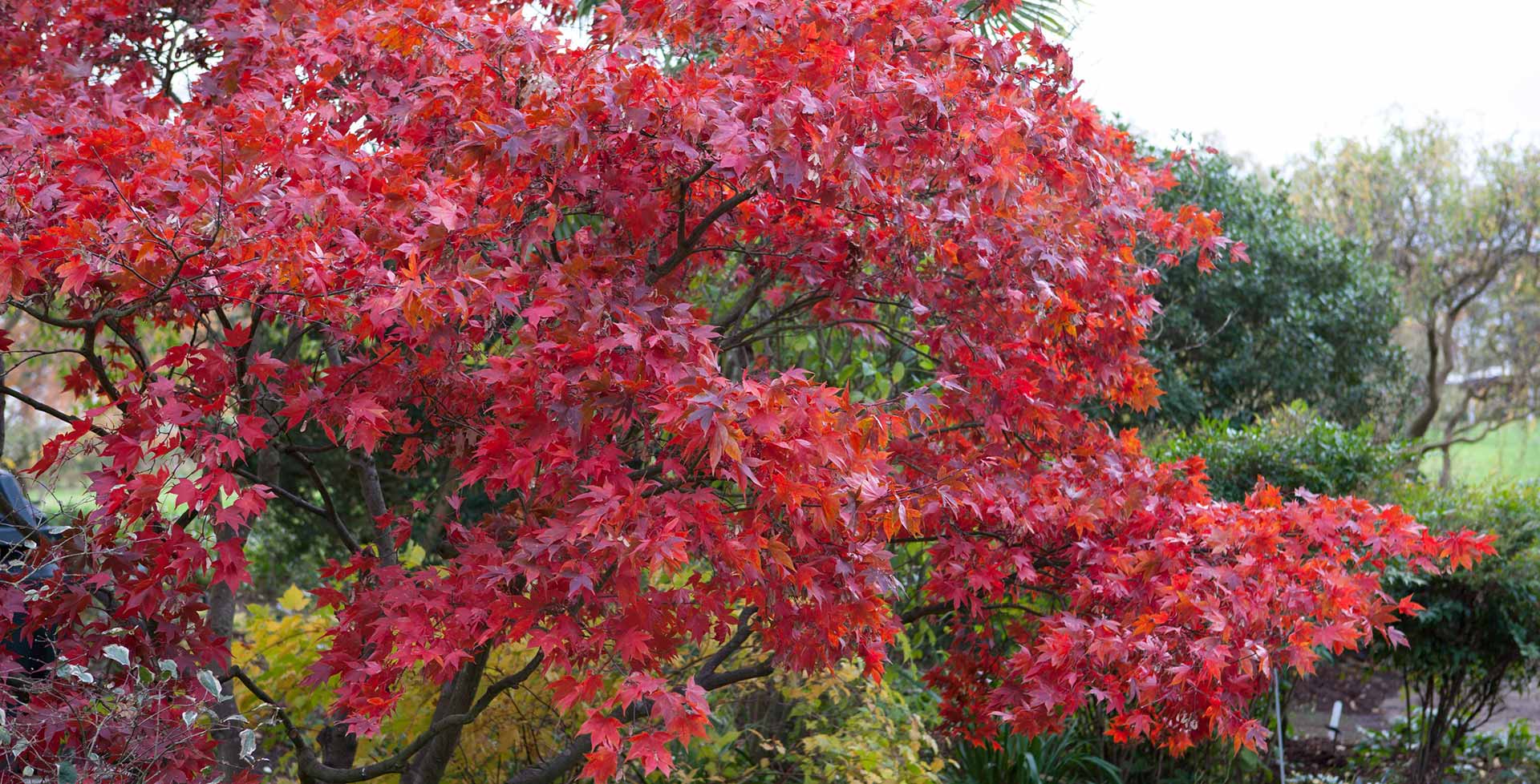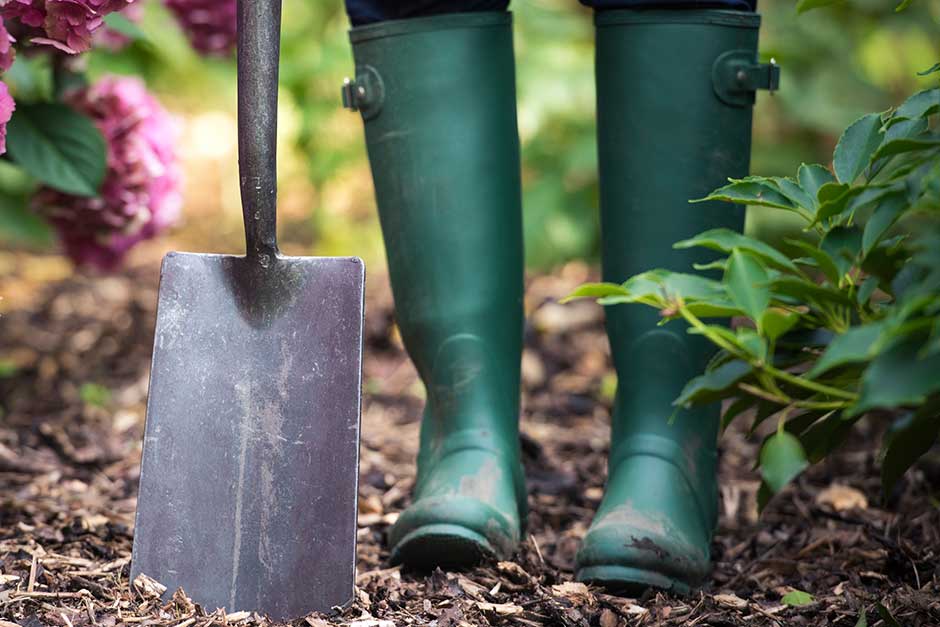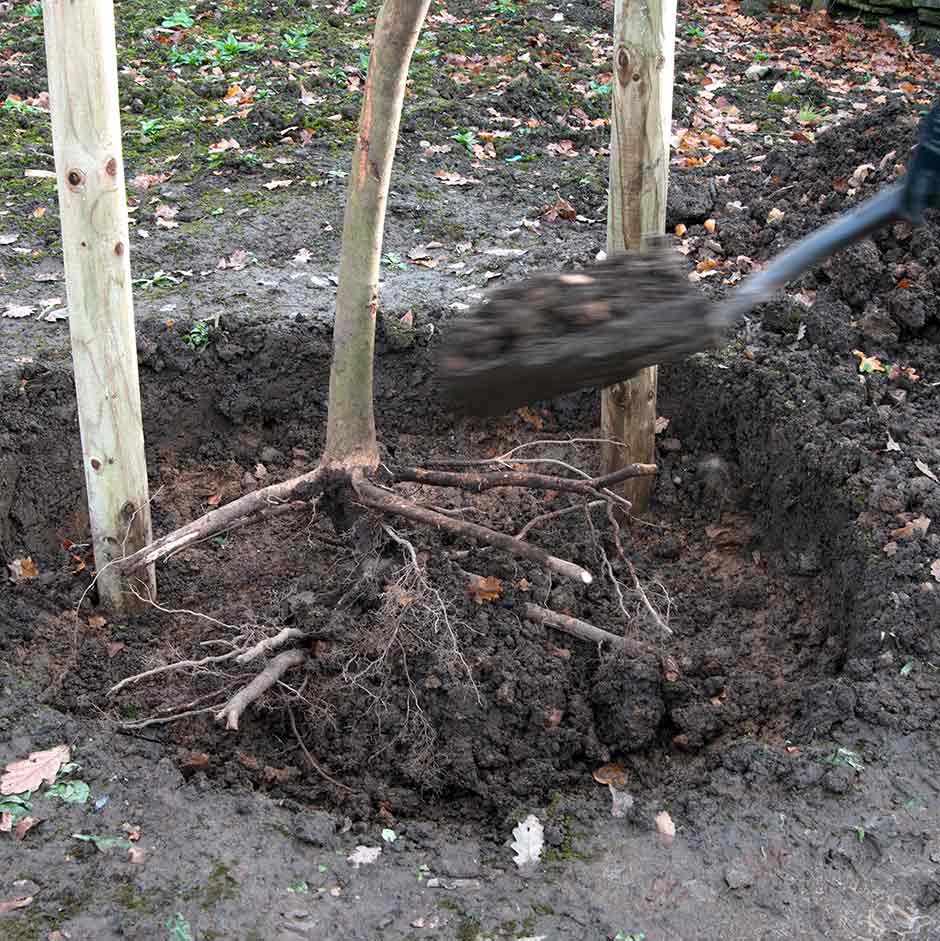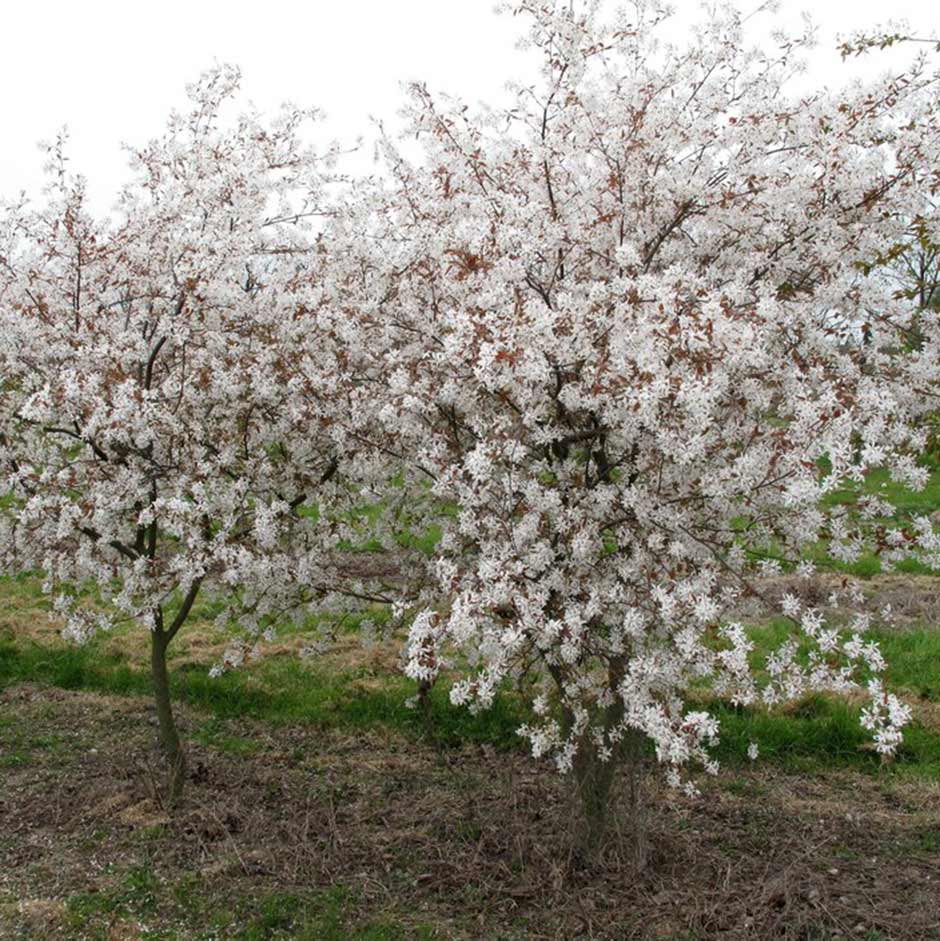
Introducing...
Japanese maples
These small, deciduous trees are grown for their graceful habit, autumn tints and beautiful foliage that may be richly coloured or deeply dissected. Mostly slow growing, they are the classic small trees for traditional Japanese gardens. They are also well suited to the restricted space of modern suburban gardens, whether planted in the ground or in containers.
Looks
These compact trees come in a range of elegant shapes, with a fine tracery of branches. Some are distinctly upright, while others are more spreading, weeping or cascading. The attractive leaves are sometimes finely divided and lacy, and can be green or purple, marked with cream, yellow or pink.
Likes
Japanese maples like a cool, lightly shaded position in fertile, free-draining soil, out of direct sun in summer. They thrive under the shelter of taller deciduous trees. In bright sun, especially in windy locations, the delicate foliage is easily scorched.
Dislikes
Cold, frost-laden winds in late winter or early spring can scorch the young leaves. Avoid a position where they will be hit by morning sun following a frosty night.
Did you know?
Japanese maples thrive in large containers, ideally terracotta or stone, filled with good quality potting compost. They are often grown as bonsai.
Growing guide

How to grow Japanese maples
All the information you'll need to grow & care for Japanese maples in your garden
Japanese maples we recommend
Acer palmatum 'Orange Dream' (P)
Japanese maple 'Orange Dream'
- 2.5–4 metres
- 2.5–4 metres
Acer palmatum 'Inaba-shidare' (D)
Japanese maple 'Inaba-shidare'
- 1.5–2.5 metres
- 1.5–2.5 metres
Acer japonicum 'Aconitifolium'
downy Japanese maple 'Aconitifolium'
- 4–8 metres
- 4–8 metres
Acer palmatum 'Orange Dream' (P)
Japanese maple 'Orange Dream'
- 2.5–4 metres
- 2.5–4 metres
Acer palmatum 'Inaba-shidare' (D)
Japanese maple 'Inaba-shidare'
- 1.5–2.5 metres
- 1.5–2.5 metres
Acer japonicum 'Aconitifolium'
downy Japanese maple 'Aconitifolium'
- 4–8 metres
- 4–8 metres
Useful advice

Trees and shrubs: planting

Trees for smaller gardens
Get involved
The Royal Horticultural Society is the UK’s leading gardening charity. We aim to enrich everyone’s life through plants, and make the UK a greener and more beautiful place.